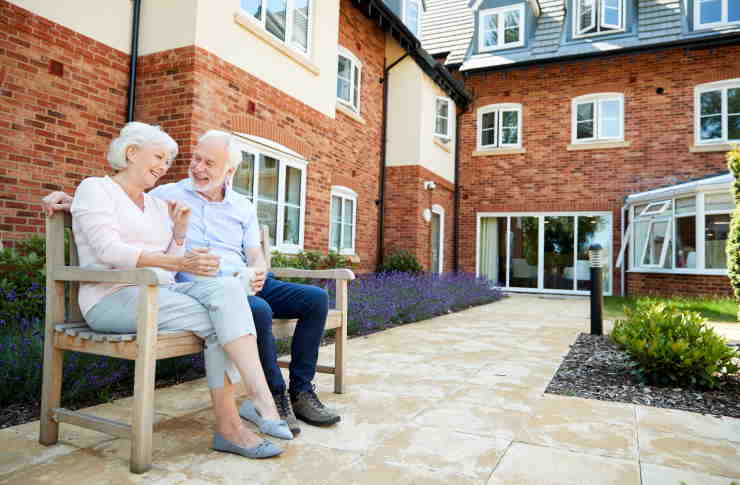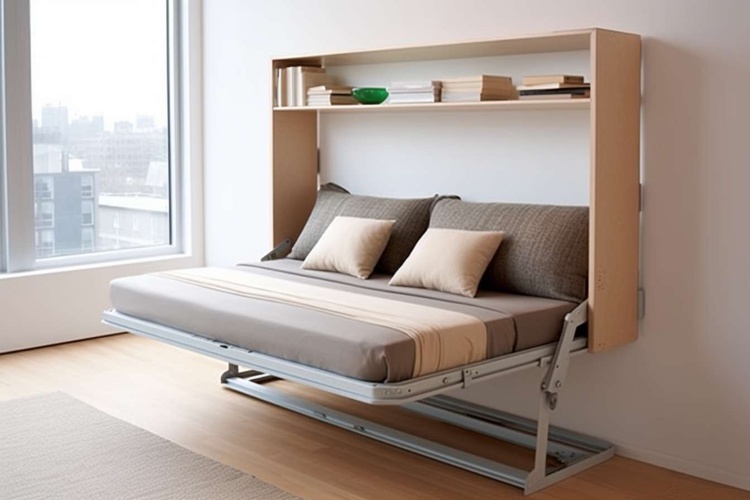Apartments for Seniors
As the population ages, finding suitable housing becomes a priority for many older adults seeking comfortable, accessible, and community-oriented living environments. Senior apartments offer specialized housing designed to meet the unique needs of residents aged 55 and older, providing features like accessibility modifications, social activities, and maintenance-free living. These residential options bridge the gap between independent homeownership and assisted living facilities, allowing seniors to maintain their autonomy while enjoying enhanced safety and community support.

What Makes Apartments for Seniors Unique
Senior apartments differ significantly from traditional rental properties through their specialized design and amenities. These communities typically feature single-level layouts, wider doorways, grab bars in bathrooms, and emergency call systems. Many properties include elevators, ramps, and accessible parking spaces to accommodate mobility challenges. Common areas often include fitness centers with senior-friendly equipment, libraries, computer rooms, and multipurpose spaces for social gatherings. The age-restricted nature of these communities creates a quieter environment where residents share similar life stages and interests.
Finding Apartments for Rent in Your Area
When searching for senior housing options in your local area, several resources can help streamline the process. Start by contacting your local Area Agency on Aging, which maintains databases of age-qualified housing options. Online platforms like Apartments.com, Rent.com, and specialized senior housing websites provide comprehensive listings with detailed amenities and pricing information. Local real estate agents who specialize in senior housing can offer personalized assistance and insider knowledge about upcoming availability. Many communities maintain waiting lists, so starting your search 6-12 months before your desired move-in date is advisable.
Independent Living Apartments for seniors in Your Community
Independent living apartments cater specifically to active seniors who want to downsize while maintaining complete autonomy over their daily lives. These communities typically don’t provide personal care services but focus on creating an environment that supports independent living through thoughtful design and community amenities. Residents maintain their own apartments, prepare their own meals, and come and go as they please. Many independent living communities offer optional services like housekeeping, meal plans, and transportation, allowing residents to customize their level of support. Social calendars often include fitness classes, educational programs, hobby groups, and organized outings.
Types of Senior Housing Communities
Senior apartments come in various forms to accommodate different preferences and budgets. Age-restricted communities typically require at least one resident to be 55 or older, offering apartments, condos, or townhomes with resort-style amenities. Active adult communities focus on recreational facilities like golf courses, tennis courts, and clubhouses. Income-qualified senior housing, often subsidized through government programs, provides affordable options for seniors with limited financial resources. Continuing Care Retirement Communities (CCRCs) offer apartments as part of a larger campus that includes assisted living and skilled nursing care, allowing residents to age in place with increasing levels of support as needed.
Amenities and Services Available
Modern senior apartment communities offer extensive amenities designed to enhance quality of life and promote social engagement. Fitness facilities often include pools, walking tracks, and exercise classes tailored to senior abilities. Dining options may range from casual cafes to formal dining rooms, with many communities offering meal plans or special dining events. Transportation services help residents access medical appointments, shopping centers, and cultural activities. On-site services frequently include beauty salons, banks, convenience stores, and medical clinics. Technology support helps residents stay connected with family and learn new digital skills. Pet-friendly policies recognize the importance of companion animals for senior well-being.
| Community Type | Monthly Rent Range | Typical Features | Entry Fee |
|---|---|---|---|
| Independent Living Apartment | $1,500 - $4,500 | Full kitchen, utilities, activities | $500 - $2,000 |
| Age-Restricted Rental | $1,200 - $3,500 | Basic amenities, community spaces | Security deposit |
| Subsidized Senior Housing | $300 - $1,200 | Income-qualified, basic services | Application fee |
| CCRC Independent Living | $2,000 - $6,000+ | Healthcare continuum, extensive amenities | $100,000 - $500,000+ |
Prices, rates, or cost estimates mentioned in this article are based on the latest available information but may change over time. Independent research is advised before making financial decisions.
Application Process and Requirements
Most senior apartment communities have specific application requirements and approval processes. Age verification is mandatory, typically requiring proof that at least one resident meets the minimum age requirement. Income verification ensures residents can afford monthly rent and fees, with many communities requiring income to be 2.5-3 times the monthly rent. Background and credit checks are standard, though some communities work with applicants who have credit challenges. Medical clearances may be required to confirm that applicants can live independently without requiring personal care services. Pet policies vary widely, with some communities welcoming pets while others have restrictions on size, breed, or number of animals.
Senior apartments represent an excellent housing solution for older adults seeking to maintain independence while enjoying community amenities and age-appropriate features. The variety of options available ensures that most seniors can find housing that matches their lifestyle preferences, budget constraints, and care needs. Whether seeking luxury amenities or affordable housing, active recreation or quiet comfort, the senior apartment market offers diverse options to support aging in place within a supportive community environment. Taking time to research local options, visit communities, and understand pricing structures helps ensure the right fit for this important life transition.




